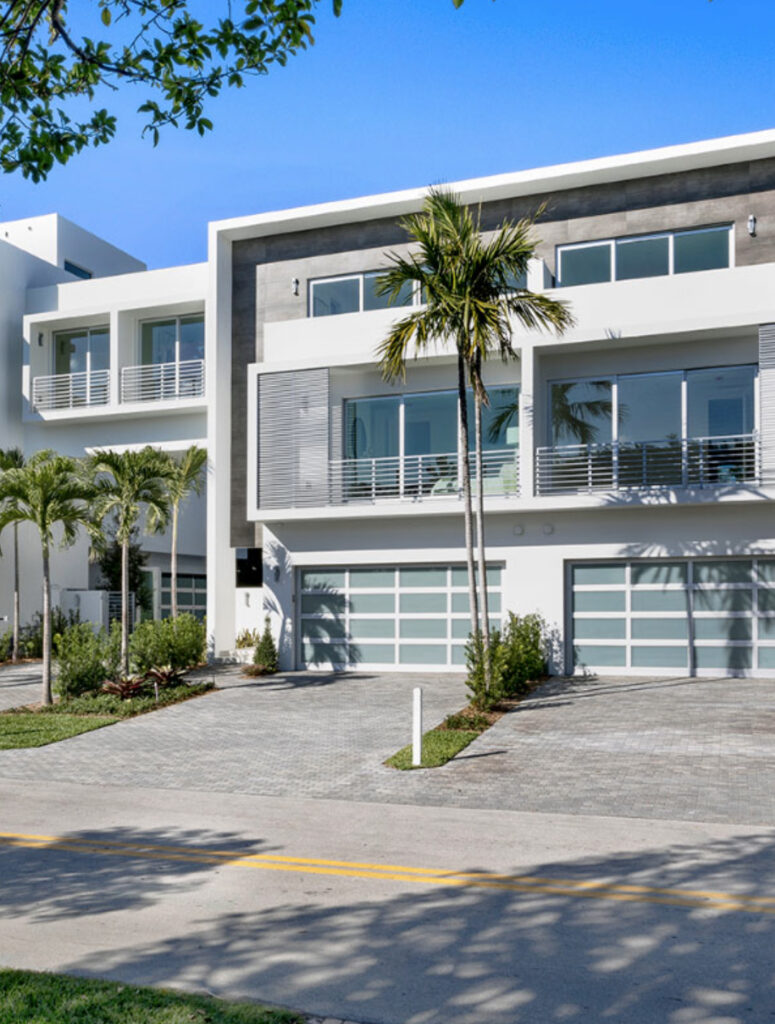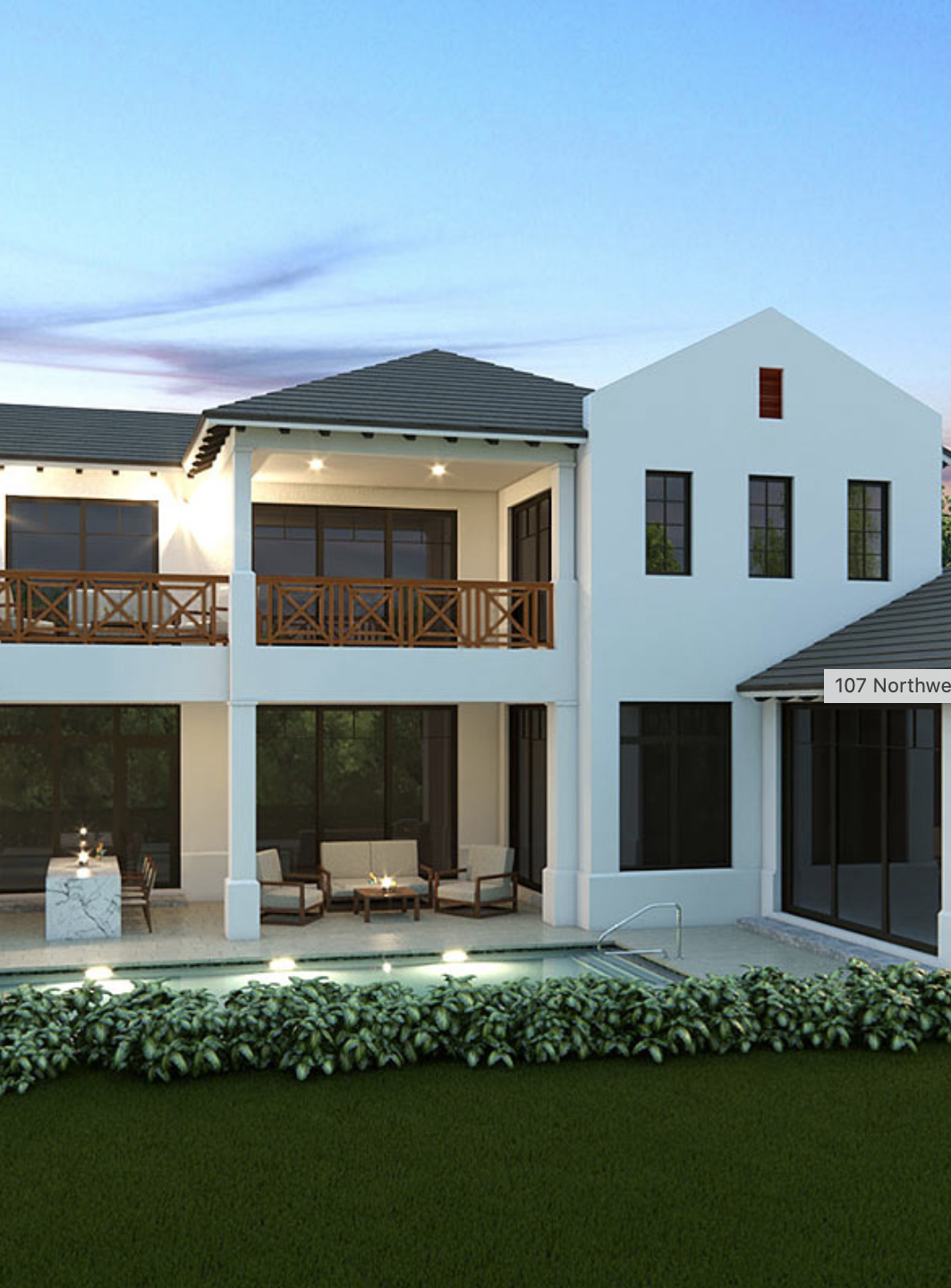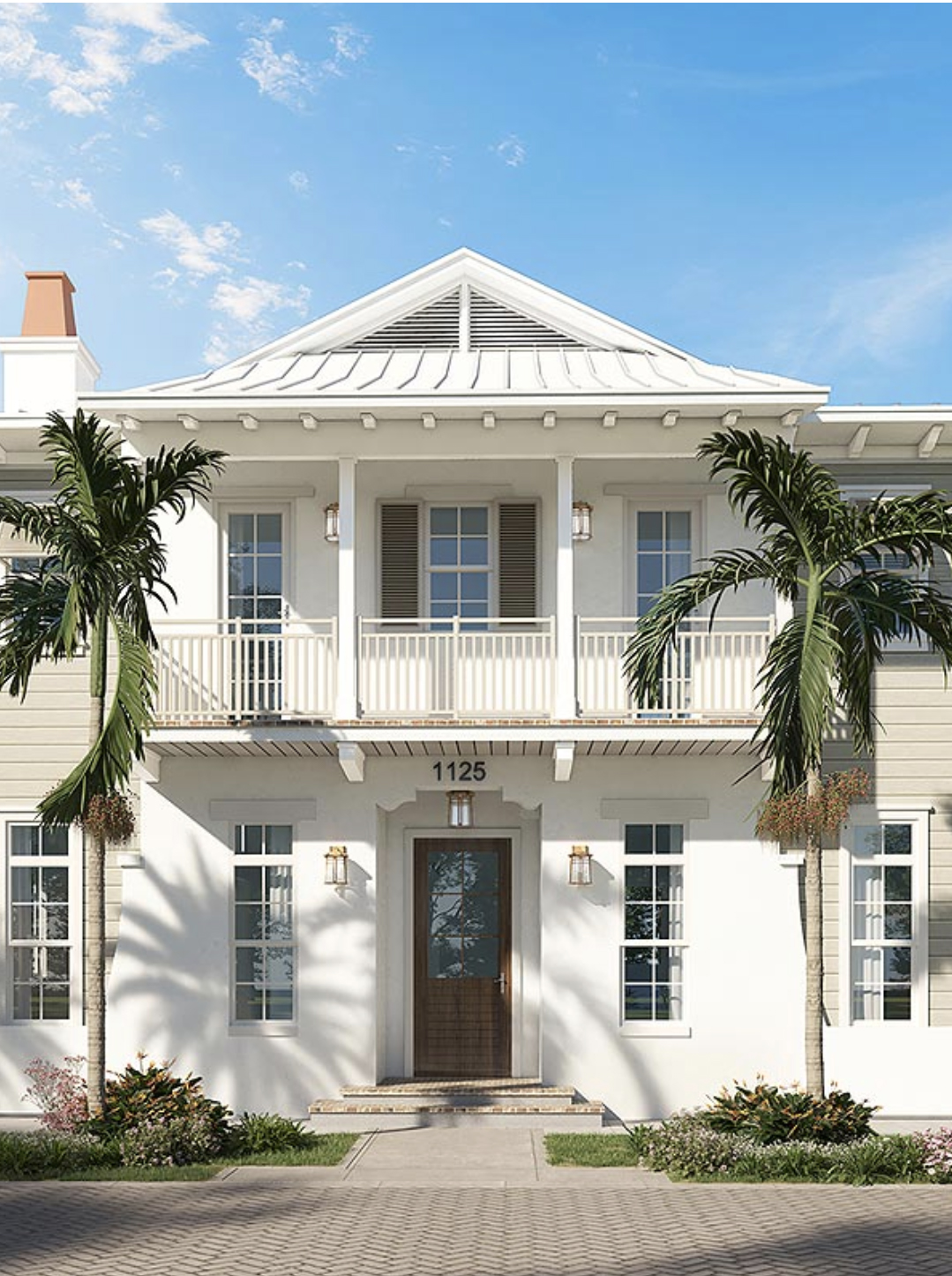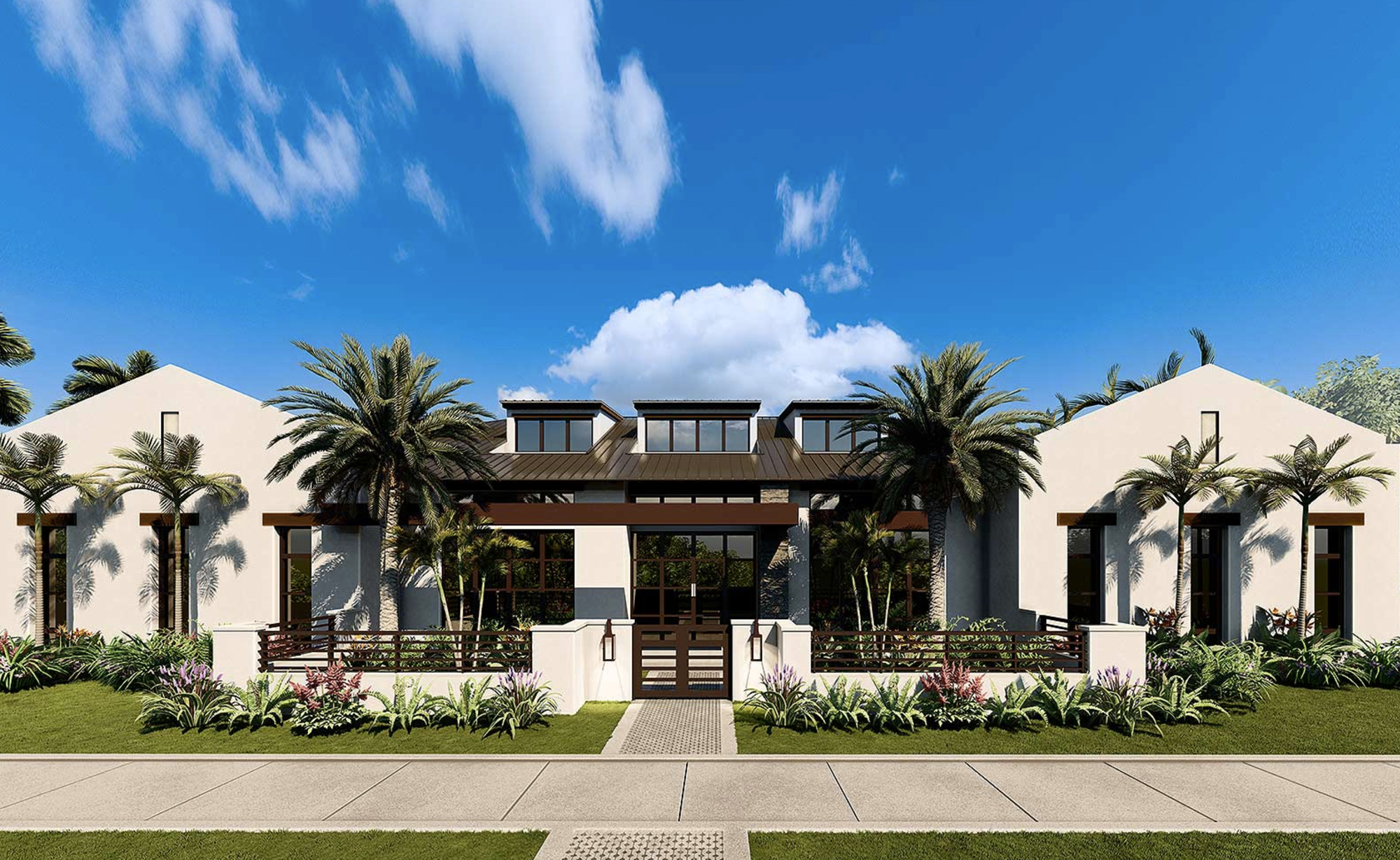In the world of architecture and design, there is a vast array of styles and aesthetics to choose from when planning a new construction project. Each style has its unique characteristics, and it’s essential to understand them to ensure your project aligns with your vision. Seaside Builders, in particular, have a variety of options at their disposal, but four styles that often stand out are Contemporary, Modern, Transitional, and British West Indies. In this blog, we will delve into the differences between these architectural styles to help you make an informed decision for your coastal project.
Contemporary Style
Contemporary architecture emphasizes clean lines, open spaces, and a strong connection between indoor and outdoor areas. It’s all about embracing current design trends and often incorporates elements like large windows, flat roofs, and a minimalist approach to decoration. In seaside construction, contemporary designs often incorporate materials like glass, concrete, and steel, creating a sleek and elegant appearance that complements the natural beauty of the coastal environment.

Modern Style
Modern architecture is often confused with contemporary, but there are distinct differences. Modern design emerged in the early to mid-20th century and is known for its simplicity, functionality, and a focus on the use of new materials and technologies. In seaside building, modern designs often feature flat or shed roofs, large expanses of glass, and a minimalist aesthetic. The goal is to create a timeless and efficient structure that works harmoniously with the coastal landscape.

Transitional Style
Transitional architecture has a timeless, cozy, and rustic charm. It typically includes elements like gabled roofs, large front porches, and a combination of natural materials like wood and stone. While it may seem like an unusual choice for a seaside setting, it can work exceptionally well. Coastal transitional designs often incorporate light, weathered woods, and pastel color palettes to evoke a beachy and welcoming atmosphere. The result is a coastal home that exudes warmth and nostalgia.

British West Indies Style
The British West Indies architectural style is ideal for those who seek an elegant and tropical aesthetic. It draws inspiration from Caribbean architecture with features like louvered shutters, steep hipped roofs, and expansive verandas. This style emphasizes cross-ventilation and natural cooling, making it perfect for a seaside location. British West Indies homes often use bright and vibrant colors that reflect the spirit of the Caribbean.
Key Takeaways
The choice of architectural style for your seaside construction project is a crucial decision that will define the overall look and feel of your home. To summarize:
- Contemporary and Modern styles are all about sleek lines and modern materials, with Contemporary being more in tune with current design trends.
- Transitional design adds a rustic, cozy touch to coastal living, often utilizing natural materials and soft color palettes.
- British West Indies architecture brings a tropical, elegant flair with a strong emphasis on outdoor living and vibrant colors.
When selecting an architectural style for your seaside build, it’s essential to consider your personal preferences, the surrounding environment, and the functionality you desire from your coastal home. Each style offers its unique charm and character, making it possible to find the perfect fit for your dream seaside retreat. Don’t be afraid to mix elements from different styles to create a unique, custom design that matches your vision. In the end, the most important thing is that your coastal home is a place where you can relax, unwind, and enjoy the beauty of the sea.

